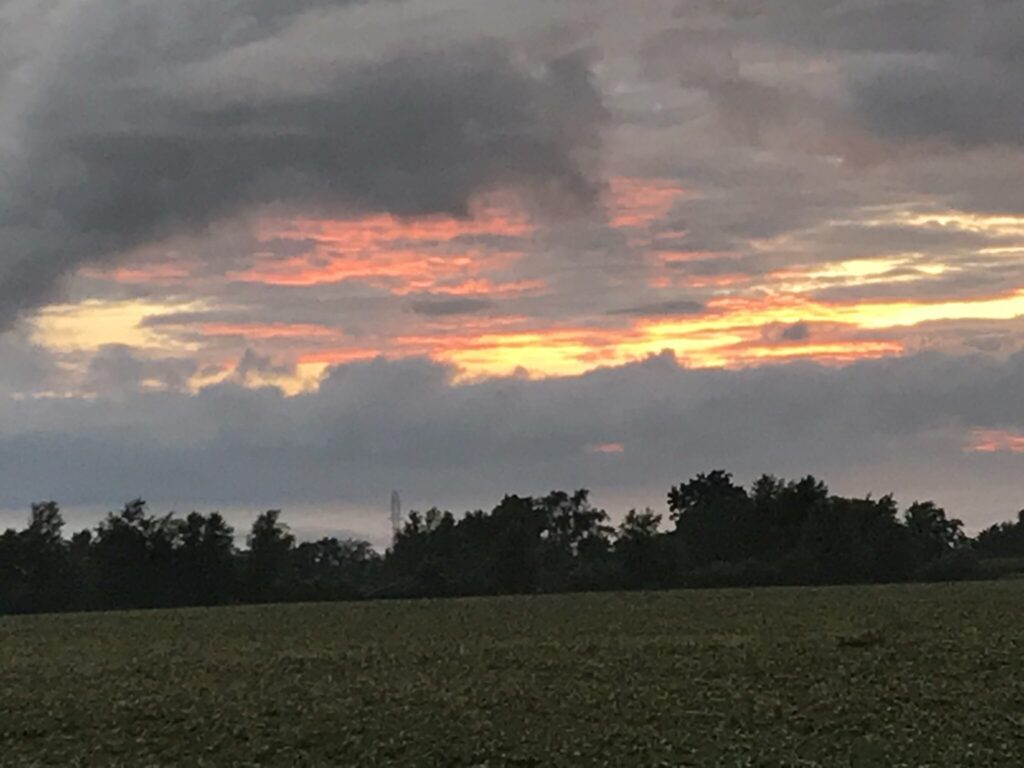
The consequences of flooding, ponding, and saturated soils on young corn depend heavily on the duration of the stress and temperatures.

The consequences of flooding, ponding, and saturated soils on young corn depend heavily on the duration of the stress and temperatures.

Purpling of corn plant tissue, by itself, does not decrease yield. The cause of the purpling determines whether yield loss will eventually occur.

Thanks for listening to Purdue Crop Chat, a regular podcast from Hoosier Ag Today and the Purdue University Extension Service, featuring Purdue Extension soybean specialist Dr. Shaun Casteel and Extension Corn Specialist Dr. Dan Quinn.

The number of hours from cutting to a safe baling moisture varies. Environmental conditions that exist when forages are cut and during the curing process influence the amount of hours that it takes to get to a safe baling moisture.

Much hay has been made in Indiana the last two weeks and much forage remains to be harvested. It is important to package hay at the correct moisture content to avoid excessive heating of bales when in storage.

Successful stand establishment of a corn crop relies on many factors, including the successful emergence of the seedlings in the first place.
Due to the cold wet weather we experienced in late April and early May, corn planted in April has struggled to emerge in many areas of the state.

Delayed planting seasons create a lot of frustrations for everyone involved with planting crops.

To make excellent quality hay, the forage needs to be cut at the right growth stage and packaged into a bale at the right moisture content without incidence of rain damage. As forages mature, protein and digestibility concentrations decline. If the forage is harvested too late, dry matter intake by the consuming animal will be less because of high fiber concentration. Baling hay too wet can result in mold formation, reduced quality and the possibility of spontaneous combustion. When the hay is baled too dry, leaf loss occurs which results in less yield and quality. The link below is a video about timing the hay harvest. Timing of the Hay Harvest Making quality hay requires awareness of the maturity stage of the grass and legume, and weather conditions. Top forage-livestock producers make timing the hay harvest a management priority.

Taking large round and large rectangular bales and wrapping them with white plastic to make bale silage (baleage) has become a common practice.
© 2024 Purdue University | An equal access/equal opportunity university | Copyright Complaints | Maintained by Pest&Crop newsletter
If you have trouble accessing this page because of a disability, please contact Pest&Crop newsletter at luck@purdue.edu.